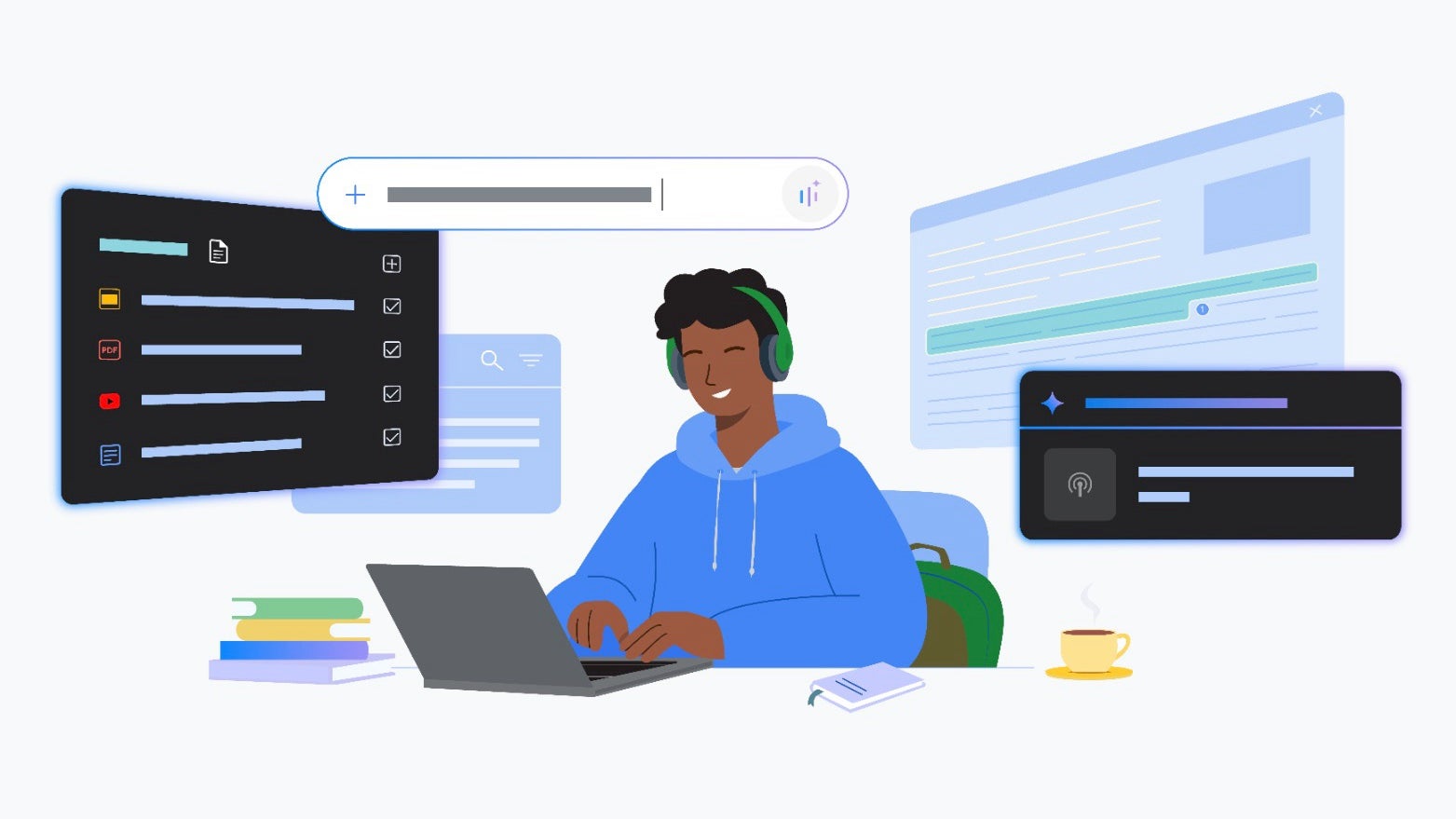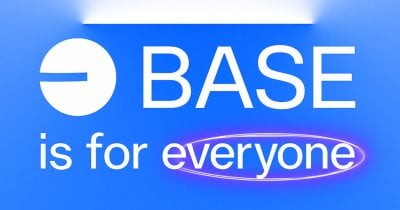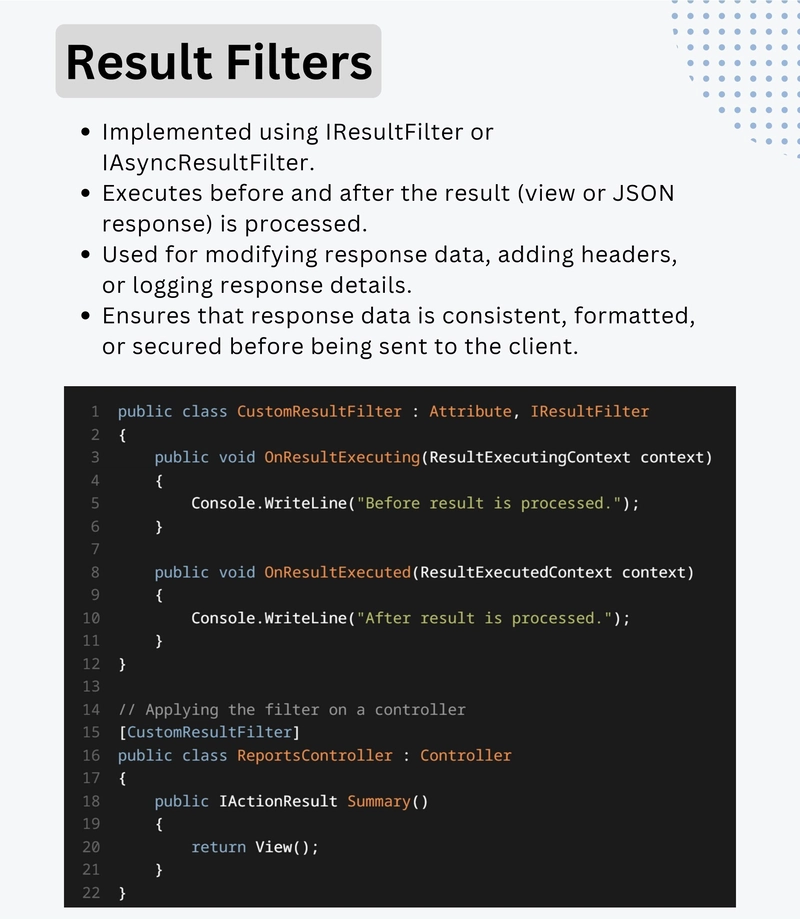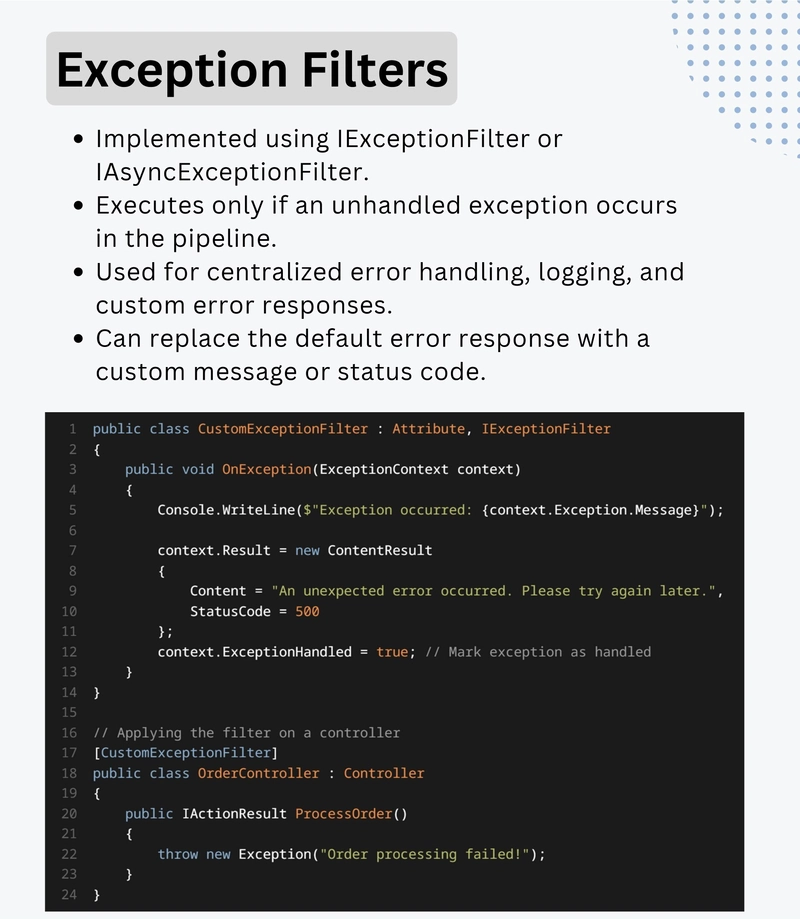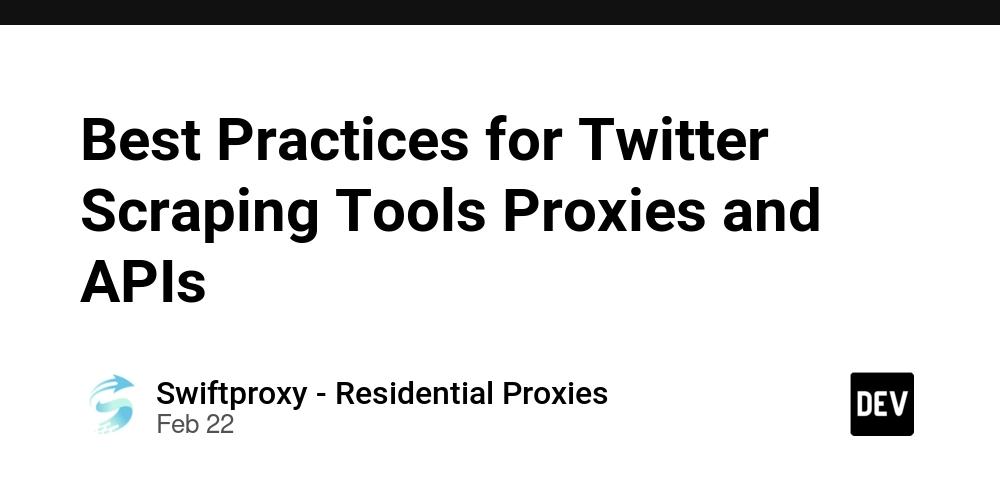.
Filters in ASP.NET MVC and ASP.NET Core play a crucial role in processing requests and responses. They allow developers to execute logic before or after specific stages in the request pipeline, making them a powerful tool for handling cross-cutting concerns like authentication, logging, caching, and error handling. In this blog, we will explore the 5 main types of filters in .NET and how they can enhance your application’s architecture. 1. Authorization Filters What Are Authorization Filters? Authorization filters are executed first in the request pipeline. They determine whether a user is allowed to access a particular resource. When to Use: Enforcing authentication and authorization policies. Restricting access to users with specific roles or claims. Example: 2. Action Filters What Are Action Filters? Action filters allow developers to execute logic before or after an action method runs. When to Use: Logging request details. Modifying action execution flow. Example: 3. Result Filters What Are Result Filters? Result filters execute before and after the action result is processed. When to Use: Modifying the response before it is sent to the client. Adding response headers. Example: 4. Exception Filters What Are Exception Filters? Exception filters handle unhandled exceptions that occur during the execution of an action method. When to Use: Custom error handling. Logging errors before sending a response. Example: Conclusion Filters in ASP.NET MVC and ASP.NET Core provide a powerful way to modify request and response processing. By understanding these five filter types, you can improve security, performance, and maintainability in your applications.
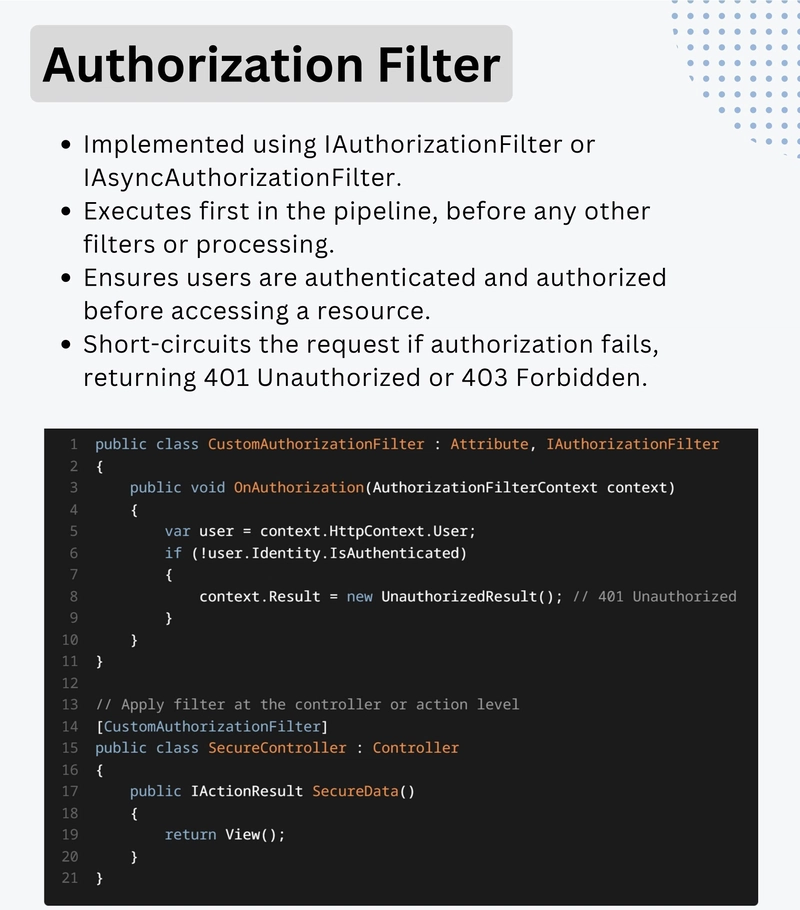
Filters in ASP.NET MVC and ASP.NET Core play a crucial role in processing requests and responses. They allow developers to execute logic before or after specific stages in the request pipeline, making them a powerful tool for handling cross-cutting concerns like authentication, logging, caching, and error handling.
In this blog, we will explore the 5 main types of filters in .NET and how they can enhance your application’s architecture.
1. Authorization Filters
What Are Authorization Filters?
Authorization filters are executed first in the request pipeline. They determine whether a user is allowed to access a particular resource.
When to Use:
- Enforcing authentication and authorization policies.
- Restricting access to users with specific roles or claims.
Example:
2. Action Filters
What Are Action Filters?
Action filters allow developers to execute logic before or after an action method runs.
When to Use:
- Logging request details.
- Modifying action execution flow.
Example:
3. Result Filters
What Are Result Filters?
Result filters execute before and after the action result is processed.
When to Use:
- Modifying the response before it is sent to the client.
- Adding response headers.
Example:
4. Exception Filters
What Are Exception Filters?
Exception filters handle unhandled exceptions that occur during the execution of an action method.
When to Use:
- Custom error handling.
- Logging errors before sending a response.
Example:
Conclusion
Filters in ASP.NET MVC and ASP.NET Core provide a powerful way to modify request and response processing. By understanding these five filter types, you can improve security, performance, and maintainability in your applications.











































































































































































![[The AI Show Episode 144]: ChatGPT’s New Memory, Shopify CEO’s Leaked “AI First” Memo, Google Cloud Next Releases, o3 and o4-mini Coming Soon & Llama 4’s Rocky Launch](https://www.marketingaiinstitute.com/hubfs/ep%20144%20cover.png)

















































































































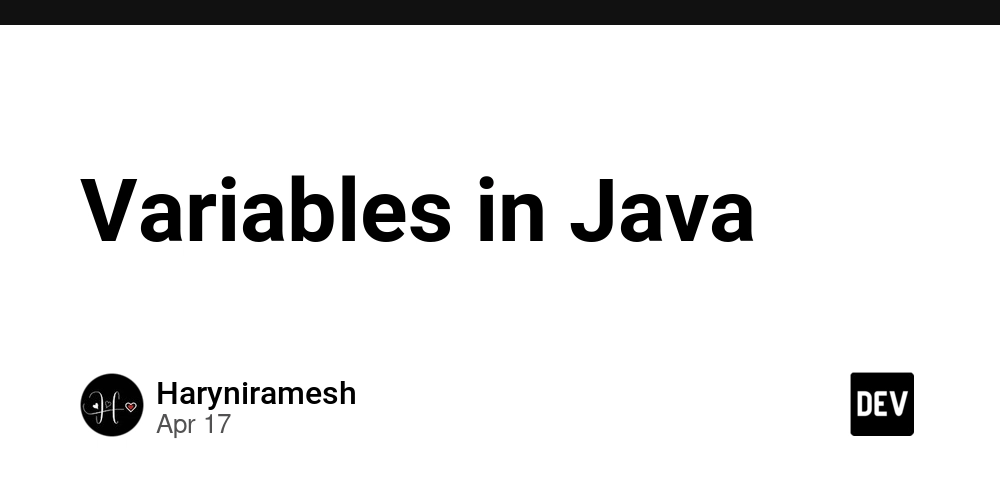
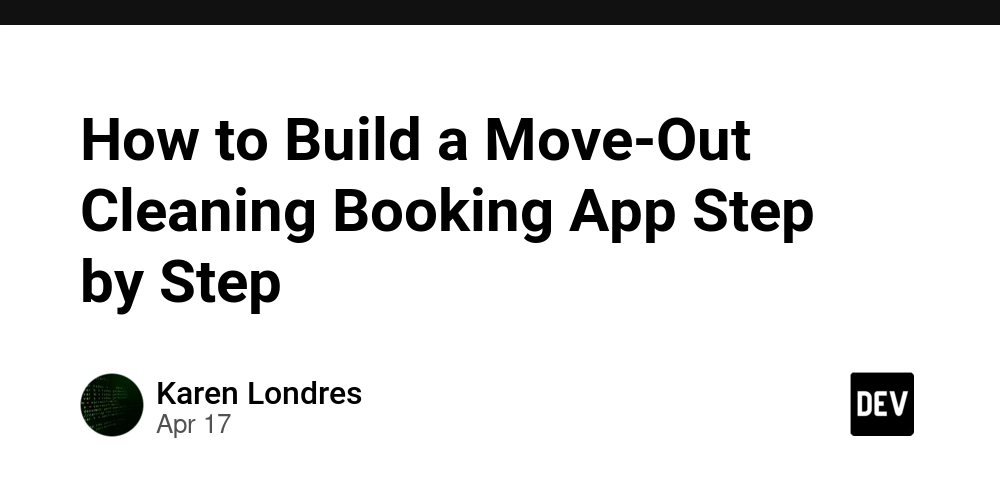






















































































![GrandChase tier list of the best characters available [April 2025]](https://media.pocketgamer.com/artwork/na-33057-1637756796/grandchase-ios-android-3rd-anniversary.jpg?#)












































.png?width=1920&height=1920&fit=bounds&quality=70&format=jpg&auto=webp#)
























.webp?#)










































































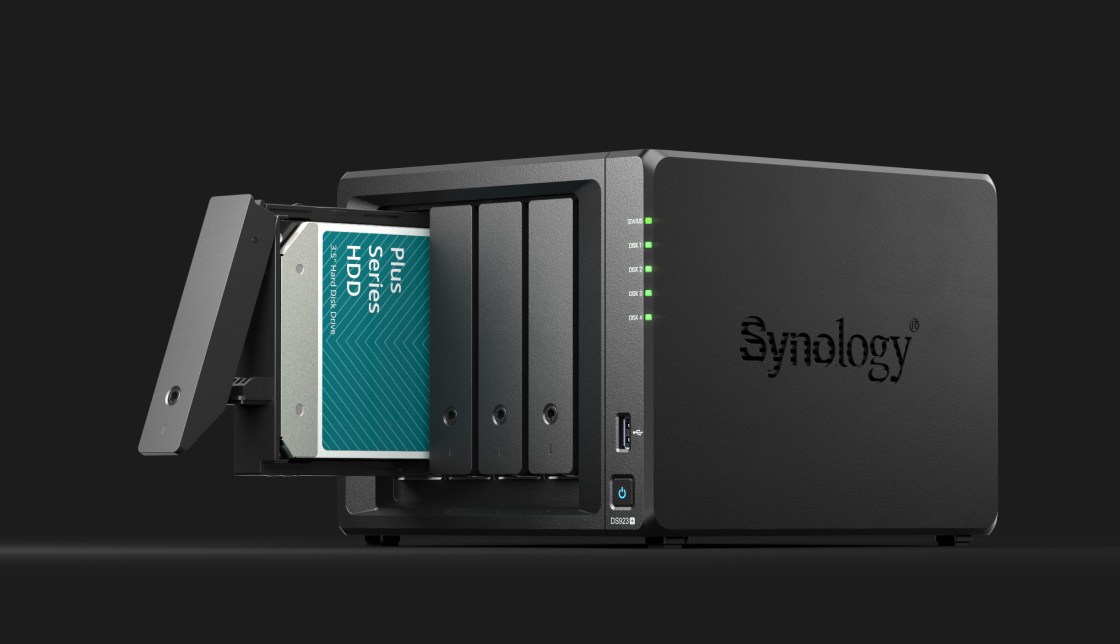


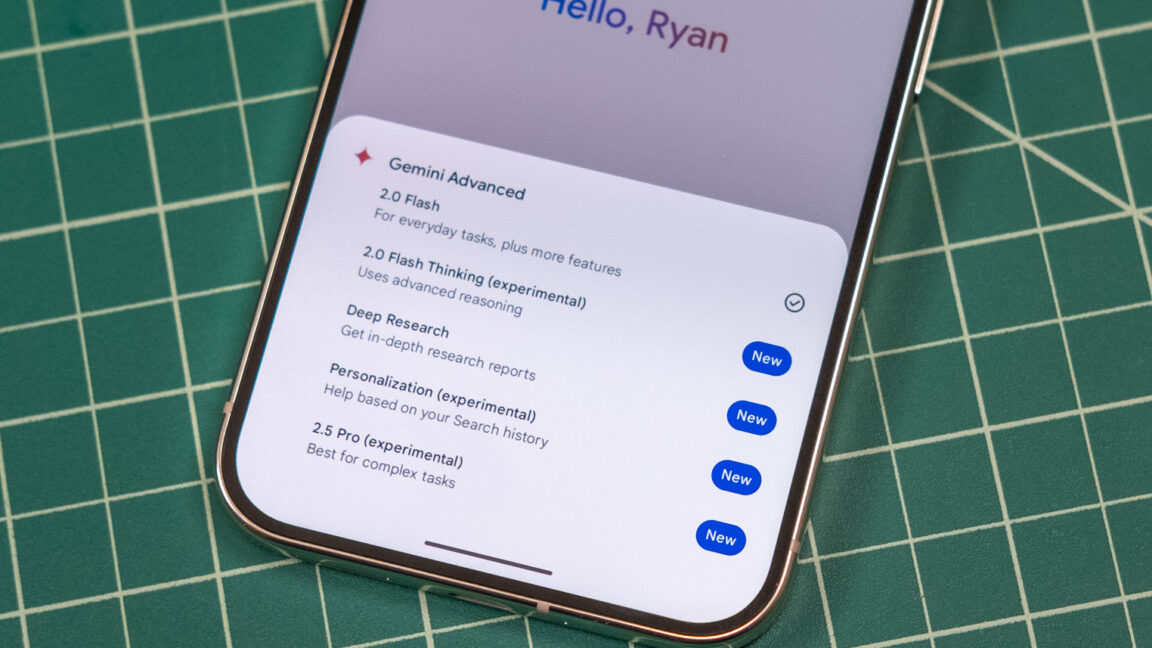



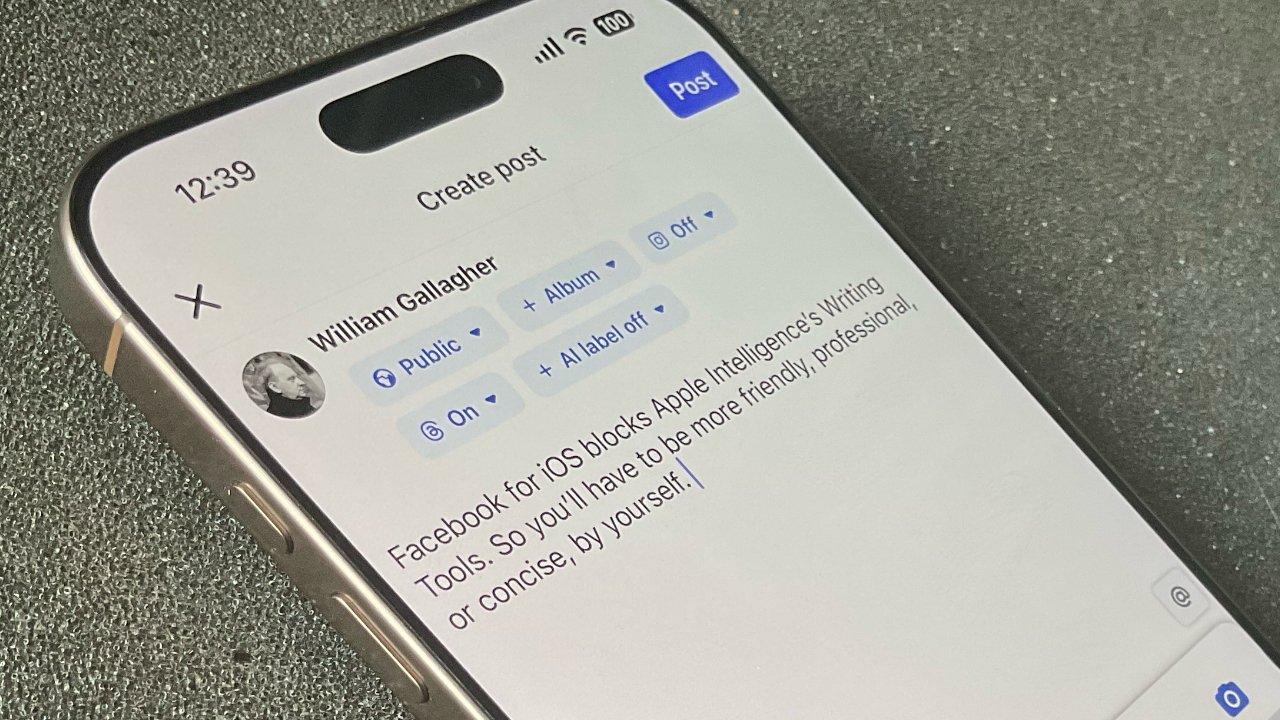
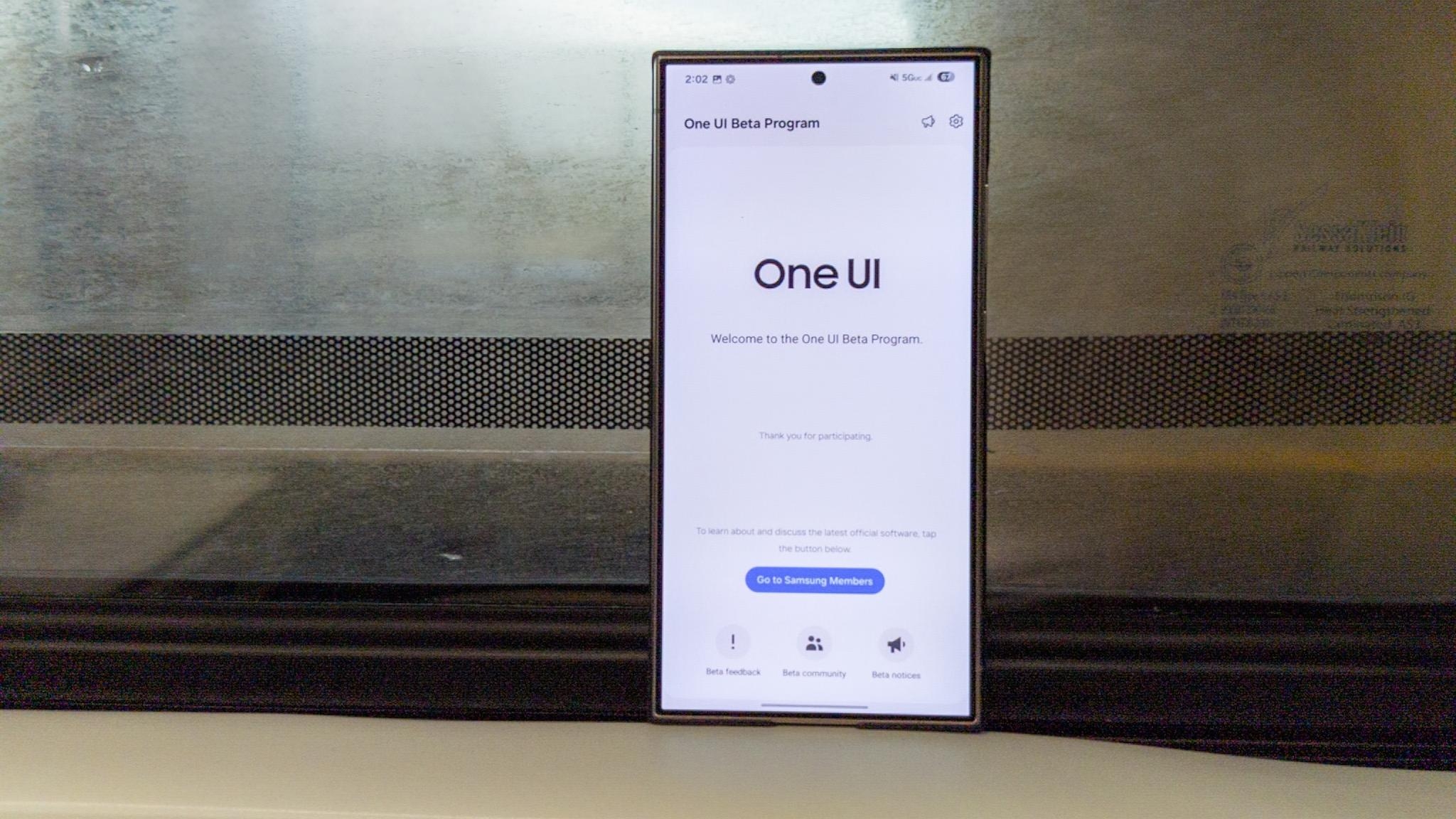




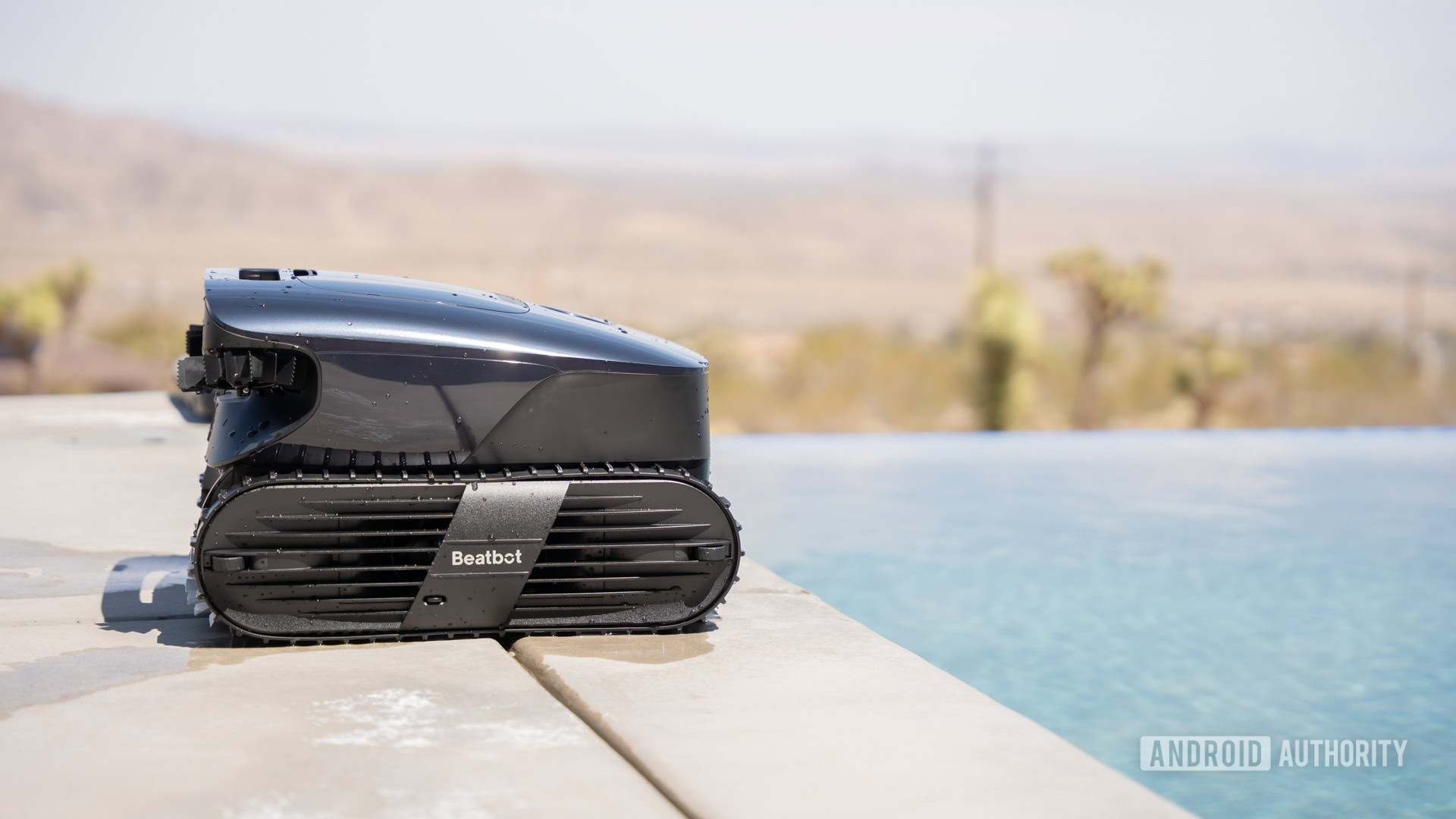







![Foldable e-ink readers are a thing now [Gallery]](https://i0.wp.com/9to5google.com/wp-content/uploads/sites/4/2025/04/mooink-v-foldable-e-ink-1.jpg?resize=1200%2C628&quality=82&strip=all&ssl=1)









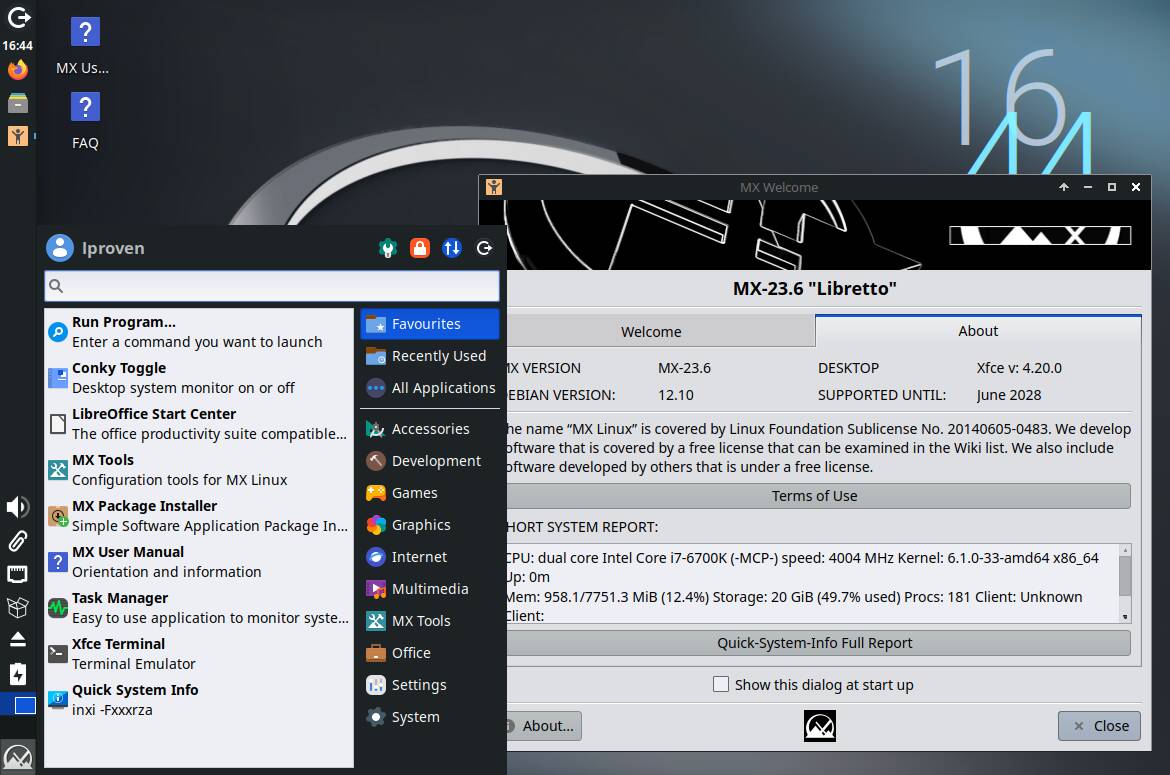


![New Beats USB-C Charging Cables Now Available on Amazon [Video]](https://www.iclarified.com/images/news/97060/97060/97060-640.jpg)

![Apple M4 13-inch iPad Pro On Sale for $200 Off [Deal]](https://www.iclarified.com/images/news/97056/97056/97056-640.jpg)

















































